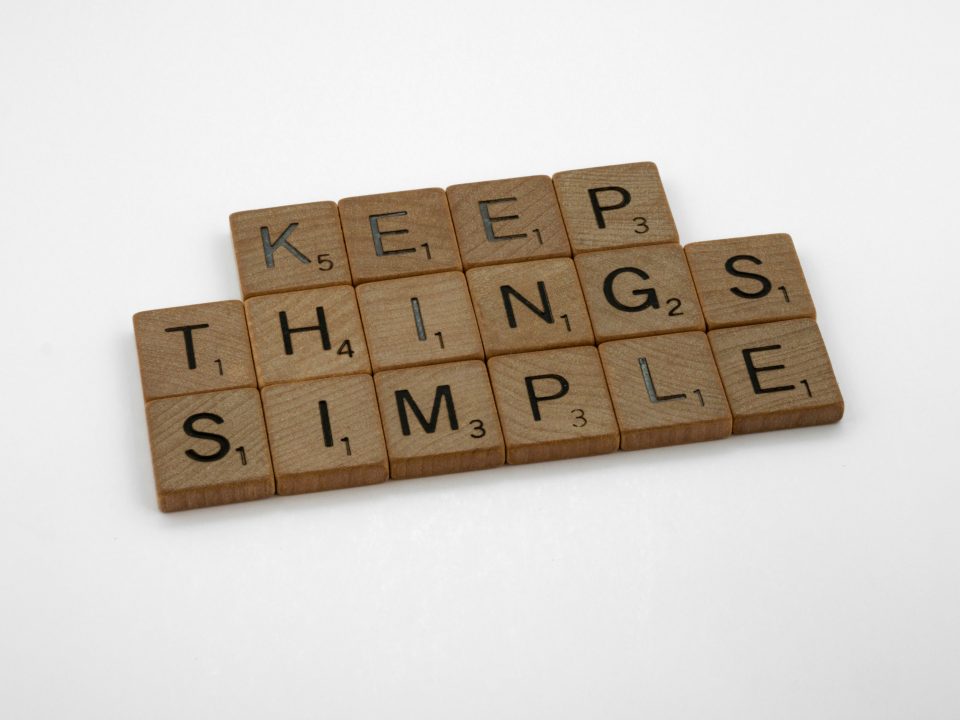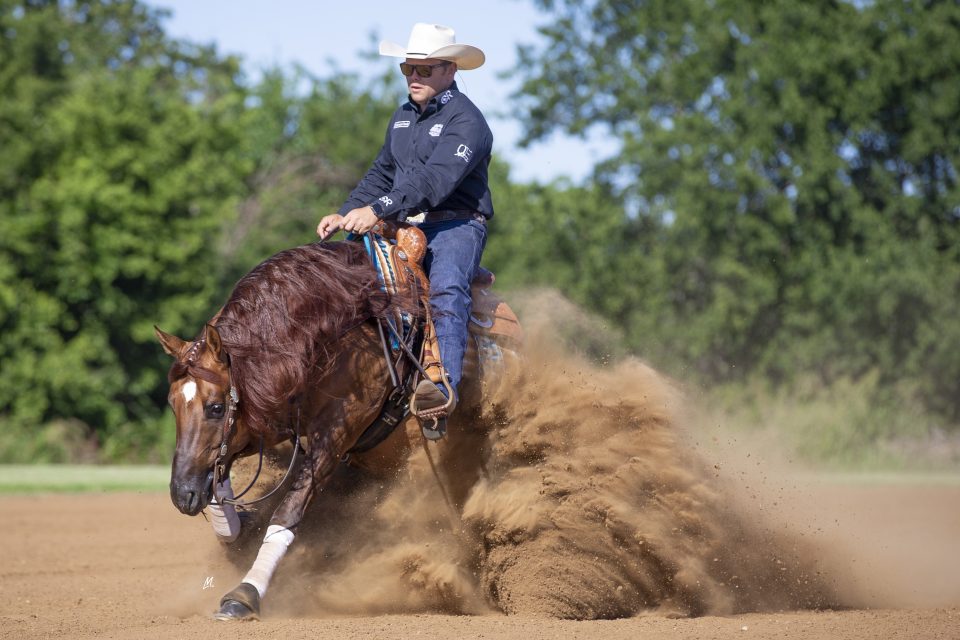Maintain your relationship with your customer, even when their investment turns out differently than expected.
By Jennifer Paulson

Helping your customers find and purchase the perfect horse is likely a big part of your business, not to mention an exciting task, especially when it’s one for you to show yourself. When the horse market is high, even an entry-level Rookie or youth horse can require substantial investment from your customer, not to mention the climbing and ongoing expenses of keeping a horse in training and maintaining its care.
When that investment goes south—whether because of injury or a misjudgement in the horse’s talent level or even just your roster of horses changing—it can cause frustration and disappointment for your customers. Those can be difficult emotions to manage, but there are ways to make the blow a little softer and even to turn the situation into a positive.
Here, NRHA Professionals Sebastian Petroll and the late Bob Avila shared how they’ve managed these situations to maintain successful, positive relationships with their customers, but also to ensure that the horse winds up in the best place possible in three parts:
Part 1: Manage Expectations and Voice Your Concerns
Part 2: Assess Risk Tolerance and Acknowledge Your Responsibility
Manage Expectations and Voice Your Concerns
“One of our main jobs as trainers is to merge reality with expectations,” Petroll notes. “The owner definitely has expectations from their investment, but we have to determine if that horse can meet those expectations. And we have to know if that customer has wiggle room in their expectations. For example, maybe they buy a futurity horse for me to show. But if it ends up not being enough for me to show, but maybe another professional in my barn can show it, is that an option? Can we adjust the plan according to the horse’s needs and level? Before we get to that phase, I need to know if my customer is open to that situation because it helps me keep their expectations in line with the reality of our situation.”
“Don’t tell a customer that the horse is the best horse and then suddenly say he’s not going to work; choose your words carefully but honestly” Avila said. “I encourage my customers to come see their horses every 90 days or as often as they can. This way, they can see how the horse is going and really understand what I’m sharing with them about the horse’s potential.”
Being truthful in all interactions—and not embellishing—can help keep your perceptions about the horse’s potential in line with your customer’s expectations.
It can be tough to speak to your customer about problems their horse encounters in the training process, be they training blocks, injuries, or general bumps in the road, but it’s essential to keeping everyone in the loop.
“I try to slowly work in the direction of informing my customer about the horse’s progress,” Petroll says. “I don’t want to be abrupt or jump to conclusions about a horse, but I do want to voice concerns. For example, if I’m riding a 2-year-old and maybe the turn isn’t as good as I’d want it to be or maybe the horse isn’t mentally there, I’ll express a concern but give it a month to come together and see where the horse goes. Basically, I voice my concerns and then try to give the horse time to come around instead of giving up on him.”
“I tell all my customers I’m going to tell them the truth about their horses,” Avila said. “They all say that’s what they want, but it’s still hard for them to hear bad news about a horse. Whether it’s a prospect or an aged horse, they’re going to hear what I think as soon as I have an opinion and we can make a decision on the path forward from there.”
Read the rest of this article at the links above.



